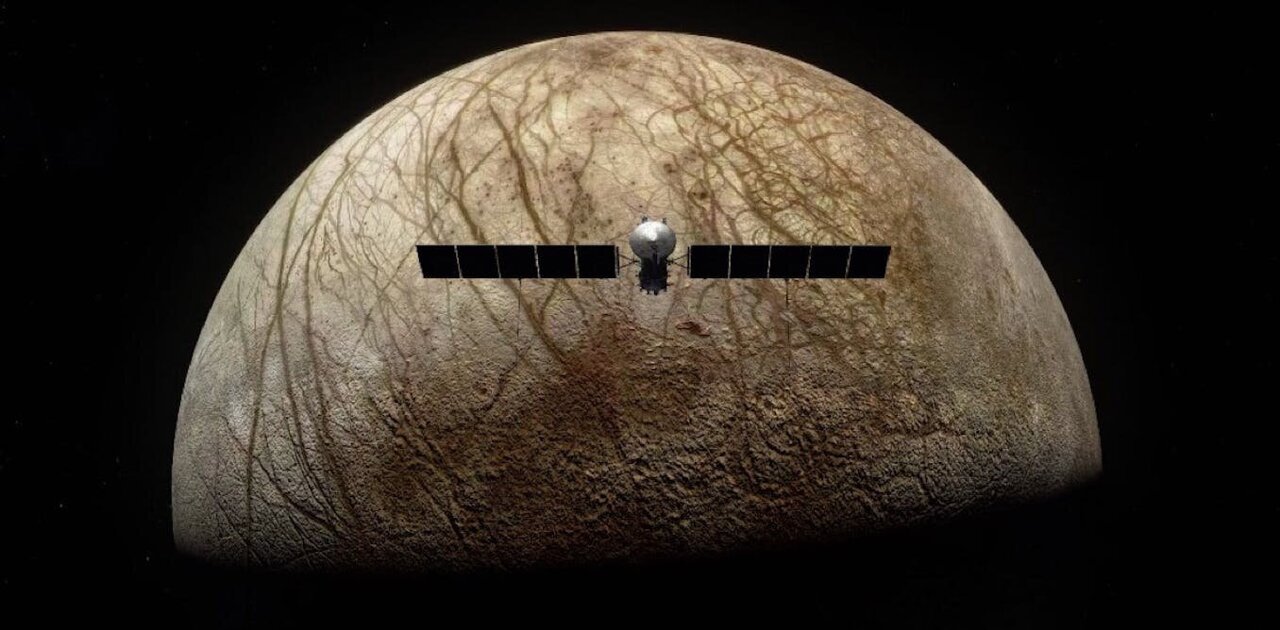Europa: A Prime Candidate for Extraterrestrial Life
Among Jupiter’s retinue of over 90 moons, Europa emerges as a particularly fascinating candidate for the search for alien life due to its unique environmental conditions. Beneath its icy surface, scientists have detected a massive ocean of saltwater, believed to contain twice as much water as Earth’s oceans. This discovery fuels scientific speculation about the potential habitability of Europa, setting the stage for the forthcoming exploration by the Clipper spacecraft, which is set to launch in October 2024.
The Clipper Mission: Unlocking Europa’s Secrets
The Clipper spacecraft is equipped with nine scientific instruments, designed to probe Europa’s ice shell and underlying ocean. The mission’s primary aim is to determine the moon’s capacity to support life, investigating essential factors such as the presence of water, necessary chemicals, and energy sources. These investigations are propelled by the dynamics within Europa, where Jupiter’s gravitational pull creates tidal forces that may allow the subsurface ocean to remain liquid and chemically active.
Advancing Our Understanding of Potential Life on Europa
The upcoming Clipper mission will delve into whether Europa’s ocean contains the chemical elements crucial for life, such as carbon, oxygen, phosphorus, and sulfur. The mission’s Surface Dust Mass Analyzer (Suda) will play a key role by analyzing ice grains and dust near Europa, providing insights into the moon’s surface composition and the potential for life. This instrument could even detect organic compounds indicative of biological activity, thereby hinting at the presence of life forms.
Enhancing Our Perspective on Life Beyond Earth
If the Europa Clipper mission identifies life-supporting elements on Europa, it would represent a monumental breakthrough in astrobiology, significantly enhancing our understanding of life’s potential ubiquity in the cosmos. This discovery would not only deepen our knowledge of planetary habitability but also expand our understanding of life’s diversity and resilience. As we await the launch and subsequent findings from the Clipper mission, the scientific community and the world at large hold their breath for what could be a transformative discovery in our understanding of life beyond Earth.
